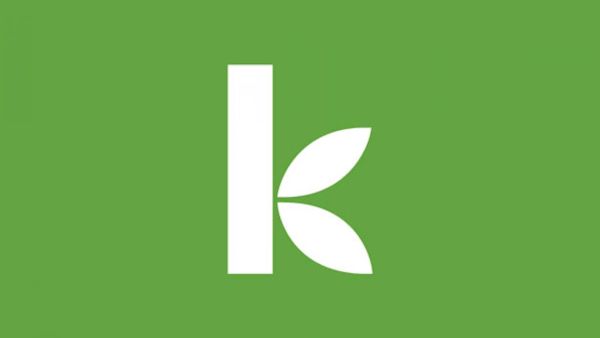From Piñatas to Flower Arranging: Kiva Loans and Community Development
September 12, 2010
Some lenders may be unaware that Kiva loans have the potential to benefit a wider clientele than the selected entrepreneurs. As a member of the Kiva community, you know that lenders don’t receive any interest that the client pays back on the loan. So, you may ask, what becomes of it? In some cases, the Microfinance Institution (MFI) that administered the loan may use it to increase their operational self-sufficiency. But, in other cases, the interest that the client pays to the MFI empowers that organization to invest in social programs that it may not otherwise be able to afford. A brief history of a Honduran MFI, FAMA, and description of my new favorite holiday may help to illuminate this connection.
On September 10th, all of Honduras celebrated “Día del Niño.” A holiday not recognized in the United States but celebrated widely in Latin America, “Kid’s Day” is everything it should be: candy, piñatas, more candy, dancing instead of math class and yet more candy. At one elementary school, I witnessed a number of five-year olds getting down to the latest reggaetton jams at 7:30 am. This was promptly followed by rounds of chubby bunny, blindfolded teachers feeding each other some sort of frozen milk product, and musical chairs. Here at FAMA, the organization rang in the day with style, by inviting the children of FAMA employees to bash a few piñatas up on the roof, a tradition they’ve kept up since the early days. In watching the festivities, it was hard to gauge who was more excited about the party, as the Director of Finance and Kiva Coordinator lay the final blows to the piñata. This year, beyond the internal celebrations, FAMA is also sending piñatas to schools and communities near all 13 of their branch offices.
For FAMA, this is just one example of its much-anticipated return to being a development organization, as well as a financial one. Although originally founded as Familia y Medio Ambiente Organizacion Privada de Desarollo, or FAMA ODP, (Family and Environmental Organization for Development) in 2005 FAMA added the financial component to its operations (becoming FAMA ODP’F). Ever since, FAMA has focused almost exclusively on microcredit and savings products. And—it must be noted—they’ve gotten really good at it. Last month, FAMA was awarded top honors by a major Central American bank, beating out 62 competitors. The prize was for operational efficiency and average loan size, as well as for factors such as percentage of women clients and sustainable development practices.
Bolstered by this recent success, the folks at FAMA feel that it is time to get back to their roots. When accepting the award, FAMA’s director, Eloisa Acosta noted that “It’s hard to imagine FAMA’s future development without the commitment of everyone here to work together with the firm conviction that we aim to construct a society that is more just, more human, and more equal. A society where equal opportunities for men and women exist, the men and women who will form an essential part of our country’s development.” Having recently hired a social development coordinator, FAMA is hard at work organizing further community efforts. In particular, FAMA is focusing on education by offering workshops to groups of clients (mostly female) who wish to learn a particular skill. First up is a flower arranging and decorating class. From there, FAMA plans to expand to include skills such as sewing and even working with metal. Down the line, FAMA hopes to increase its influence in areas such as education, health and protecting the environment. Although FAMA is not yet sure what these programs will look like, the organization is dedicated to ensuring that they grow.
Kiva loans are to play a central role in helping FAMA to fund its community outreach and development programs. The interest free funding that the organization receives from Kiva is poised to contribute to much of this work. So, lenders, keep ‘em coming! And, don’t forget to break out a piñata next September 10th.
Betsy McCormick, KF12
PREVIOUS ARTICLE
Microfinance and Education →NEXT ARTICLE
Worlds Apart: Connecting with Borrowers →













